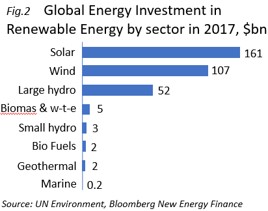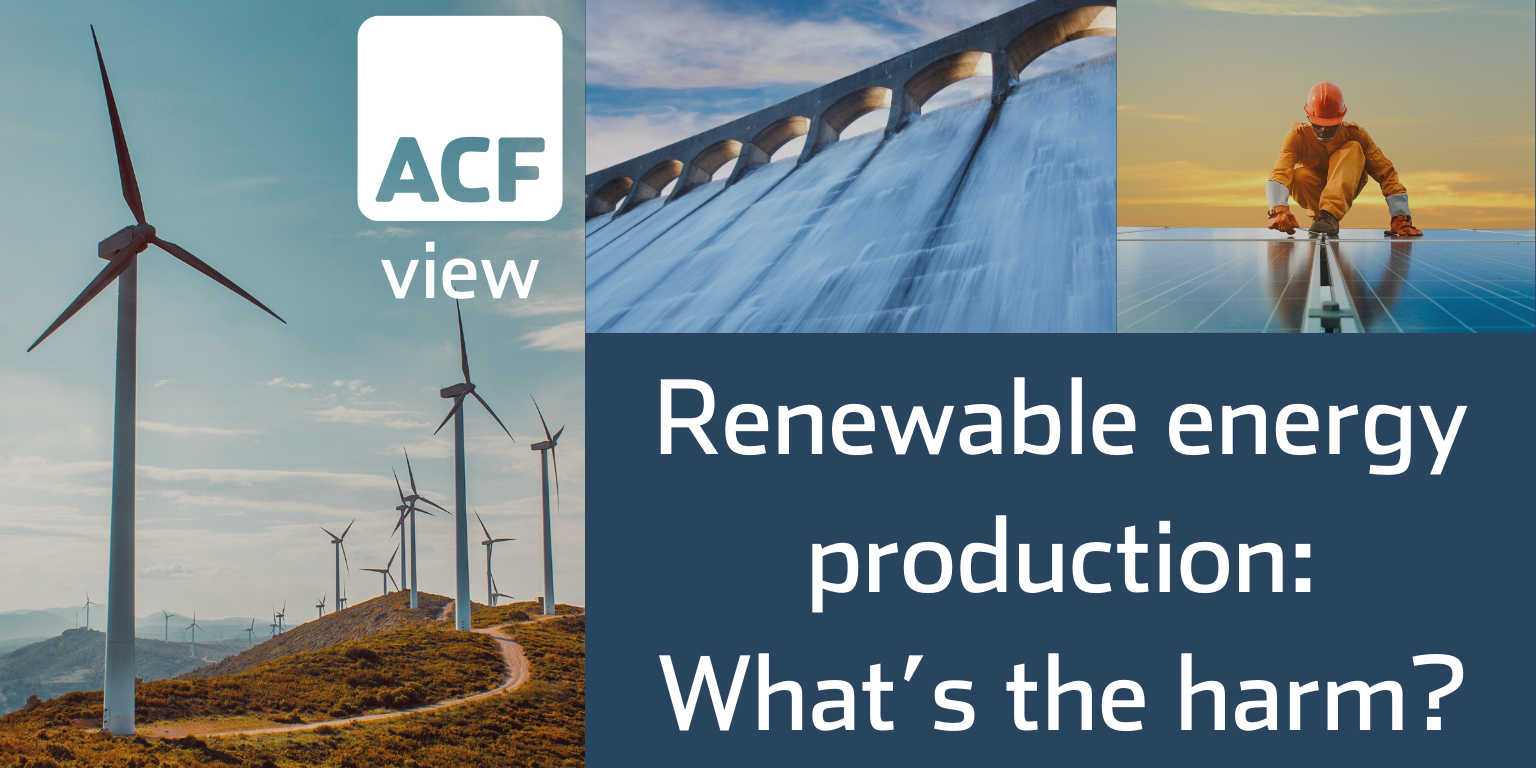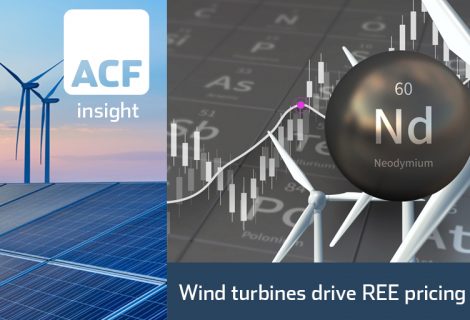Renewable energy production: What’s the harm?
Part 1:
As governments around the world battle with policy and cultural changes required to meet the Paris Agreement climate change targets, the pressure to expand renewable energy technology production is significant.

Renewable energy share of total world energy consumption and electricity generation is forecast to continue growing rapidly, fig 1., hitting almost 50% of global electricity production by 2050.
The environmental, political and financial benefits are clear, and these are driving the expansion, but what are the environmental impacts?
To understand this, we need to look at the life cycle assessment (LCA), which takes account of the total environmental impacts across all stages of a technology life cycle, from production, to use, to decommissioning.
This blog is the first in a series where we will take a closer look at this rapidly evolving industry along with considerations for the investment community. We start this week with an overview of Solar, Wind and Hydro energy production.
Solar
Solar is a cheap energy source, free from greenhouse gas emissions and other pollutants. It is, more or less, ubiquitous and, from the perspective of the lifetime of our planet, an infinite resource. Solar projects received the highest level of new investment of all renewables in 2017, $161 bn, (fig.2), so this makes understanding its environmental impact particularly important. Although solar energy systems do not produce greenhouse gases, air pollution or water pollution, there are two noteworthy impacts on the environment.

The first is land use. If producing solar electricity provides a greater return than food production, then the temptation will be to site wind farms on good quality food producing land or to clear natural habitats to site solar farms.
Secondly, there are hazardous materials and greenhouse gas (GHG) emissions produced during the solar panel production process, particularly of PV cells, such as gallium arsenide, copper-indium-gallium-diselenide, and cadmium-telluride.
To get a clear picture, a full lifecycle emissions analysis (understanding the total impact from manufacture to transportation to installation to decommissioning to disposal) is required. For solar energy, the lifecycle emissions (LCE) show a range from 0.07 to 0.2 pounds of carbon dioxide equivalent per kilowatt-hour. To put this in context, this is far less than the lifecycle emissions for natural gas (0.6-2 lbs of CO2E/kWh) and coal (1.4-3.6 lbs of CO2E/kWh). (Source: IPCC, 2011: IPCC Special Report on Renewable Energy Sources and Climate Change Mitigation).
Wind
Wind is abundant, inexhaustible, and affordable; making it a viable and significant alternative to fossil fuels. Wind generated electricity is also very clean, with no global warming emissions or toxic pollutants produced. It is therefore no surprise to see that wind energy investment was the second highest of all renewables in 2017, (fig.2).
But even the cleanest energy source has some environmental impacts. Land space required for wind farms is relatively significant, however, unlike solar farms, the land beneath the large turbines can continue to be used for agricultural and leisure activities. Concern has been raised over the impact on the bird and bat populations flying close to wind turbines, with reports of large numbers being killed, but recent siting strategies and run times have dramatically reduced this impact.
Gas leaks from the gear boxes in the turbines, however, could have an impact. Although non-toxic in small quantities, SF6 has the chemical ability to heat our atmosphere more than fossil fuel emissions.
Finally, there are some that feel the fields of large turbines damage the visual beauty of the environment…but maybe just as many marvel at their slow graceful movement.
Hydro
There are today 60,000 large dams worldwide and a further 3,700 in planning or under construction. (Source: National Geographic/World Wildlife Fund). As a result, hydropower is the world’s most widely used renewable power source, accounting for 54% of the world’s renewable power generating capacity. (Source: power-technology.com).
This scale comes at a cost, however, as hydropower is the renewable energy with the largest impact on the environment. Two-thirds of the world’s longest rivers no longer flow freely, which is having a significant impact on food production for hundreds of millions of people, creating huge disruption to natural habitats and resulting in plummeting river fish stocks around the world. (Source: National Geographic/World Wildlife Fund).
Next week we will look cover Biomass and Geothermal plus an interesting new entrant into the market and take a look at how some investment houses
Conclusion
So although most renewable energy generation does have some impacts on the environment, albeit minimal compared to fossil fuels, many of these can be mitigated with greater understanding of improved siting, better planning and improved research into technological advances. The one exception is hydro power – its impacts are very significant – but there is evidence that hydropower development is slowing down as the cleaner and greener alternatives become more commercially viable.
Our next blog will cover Biomass and Geothermal plus an interesting new entrant.
Anda Onu
Anda has worked with ACF for over 4 years and is part of ACF’s Sales & Strategy team. She has a degree in life sciences from Romania’s leading university, has worked in research labs and continues to volunteer on ecology projects in her spare time.
















